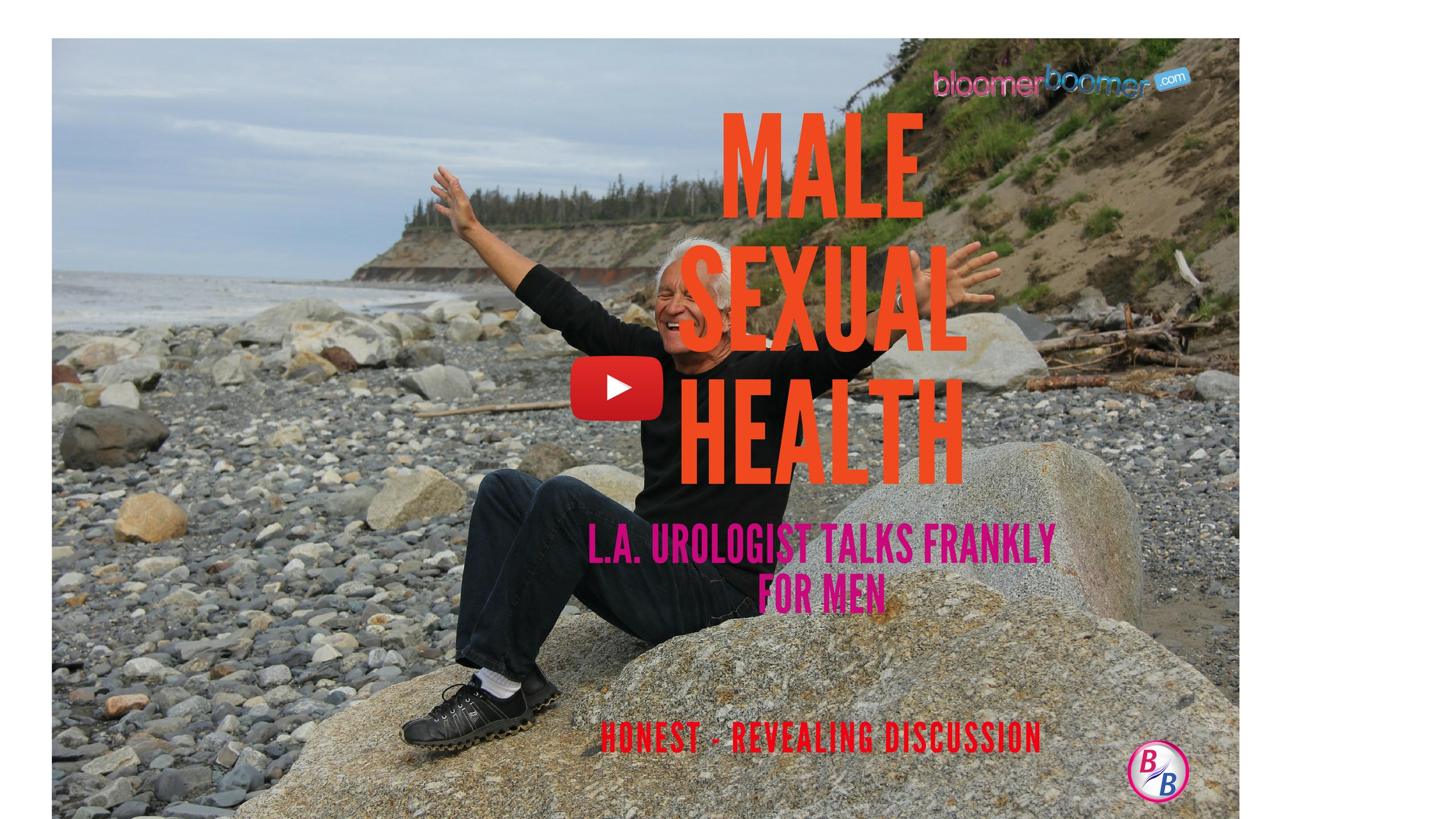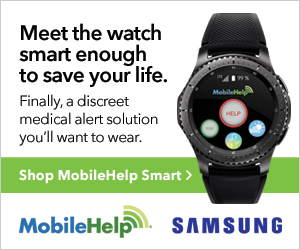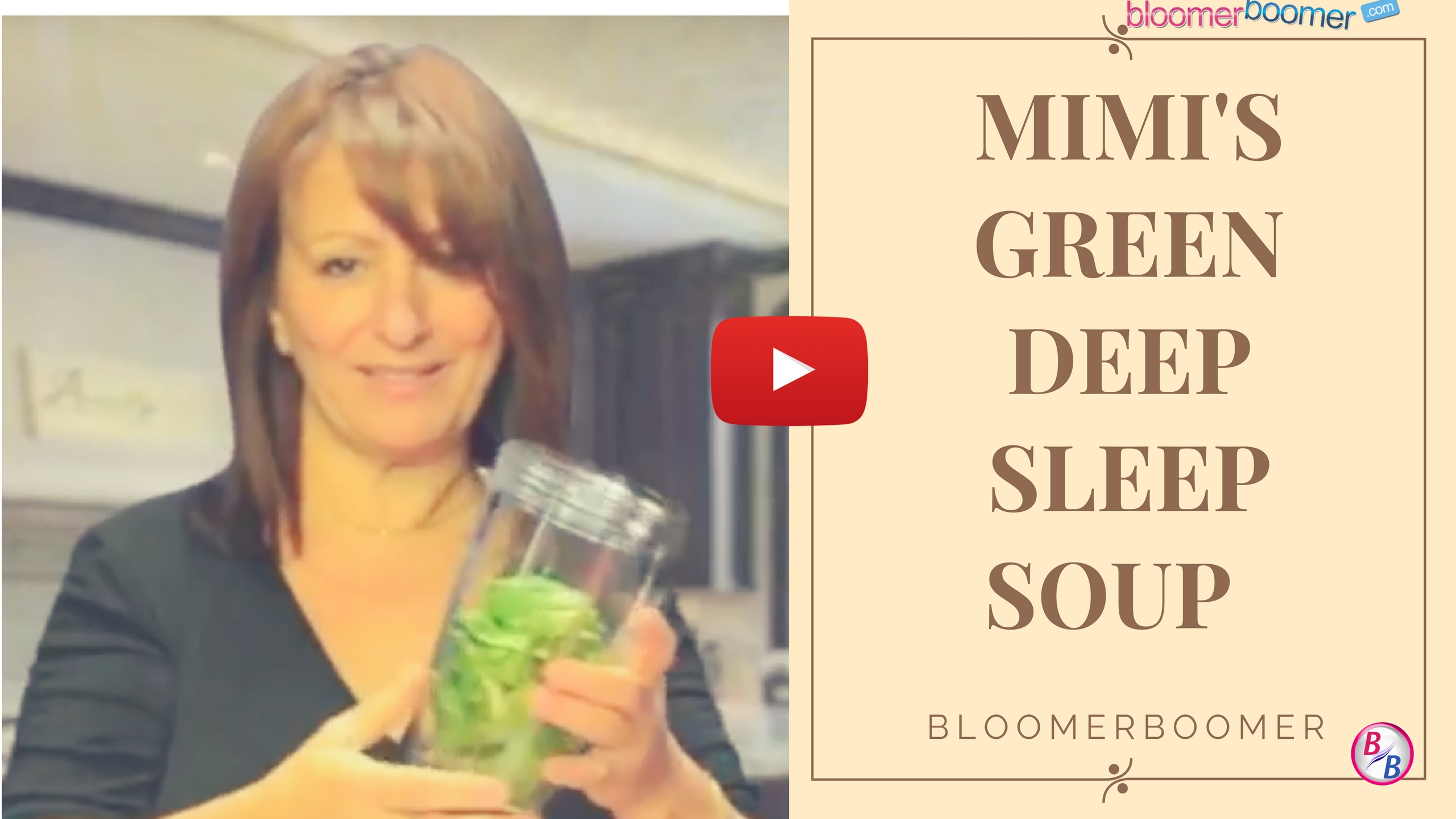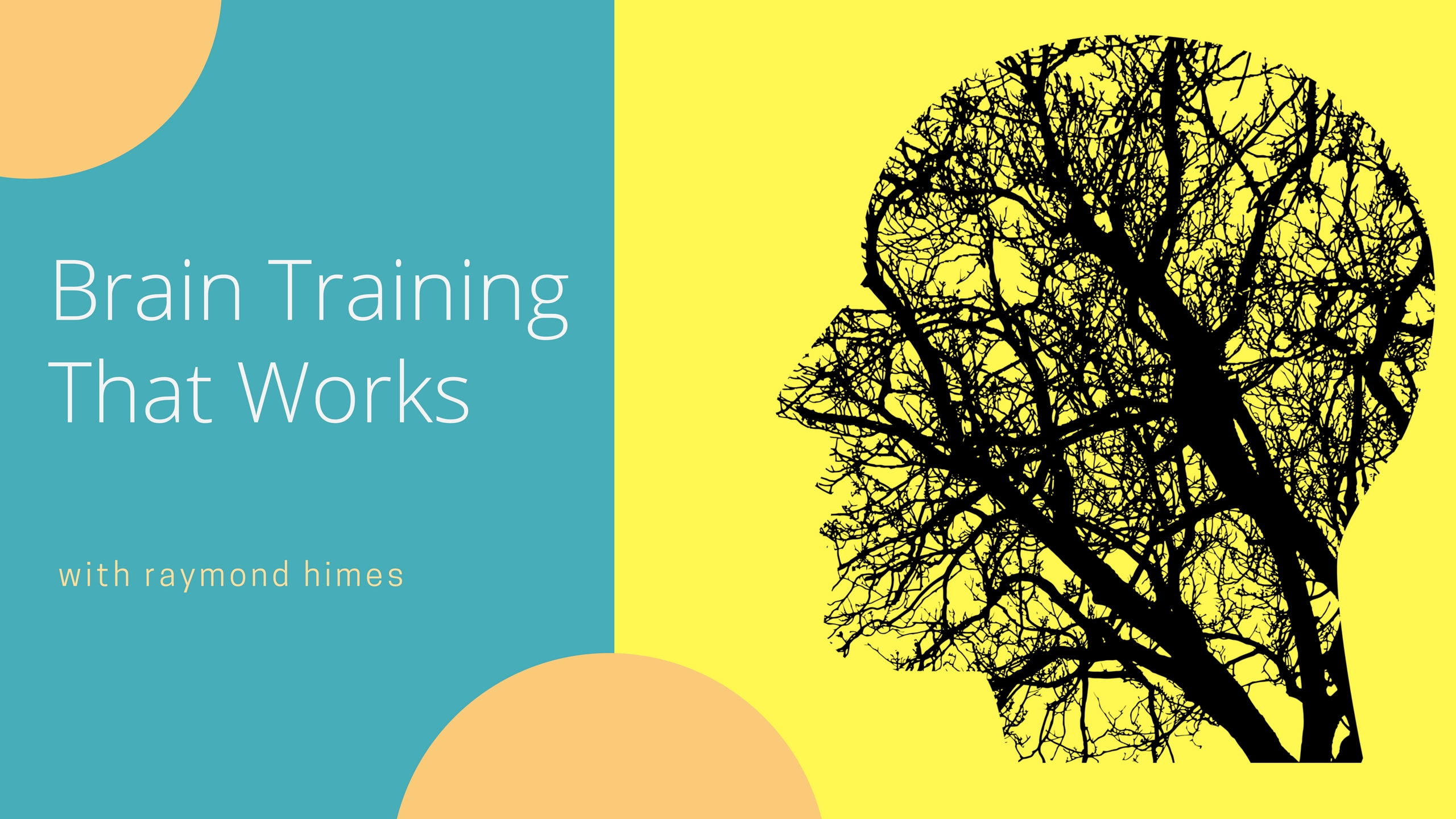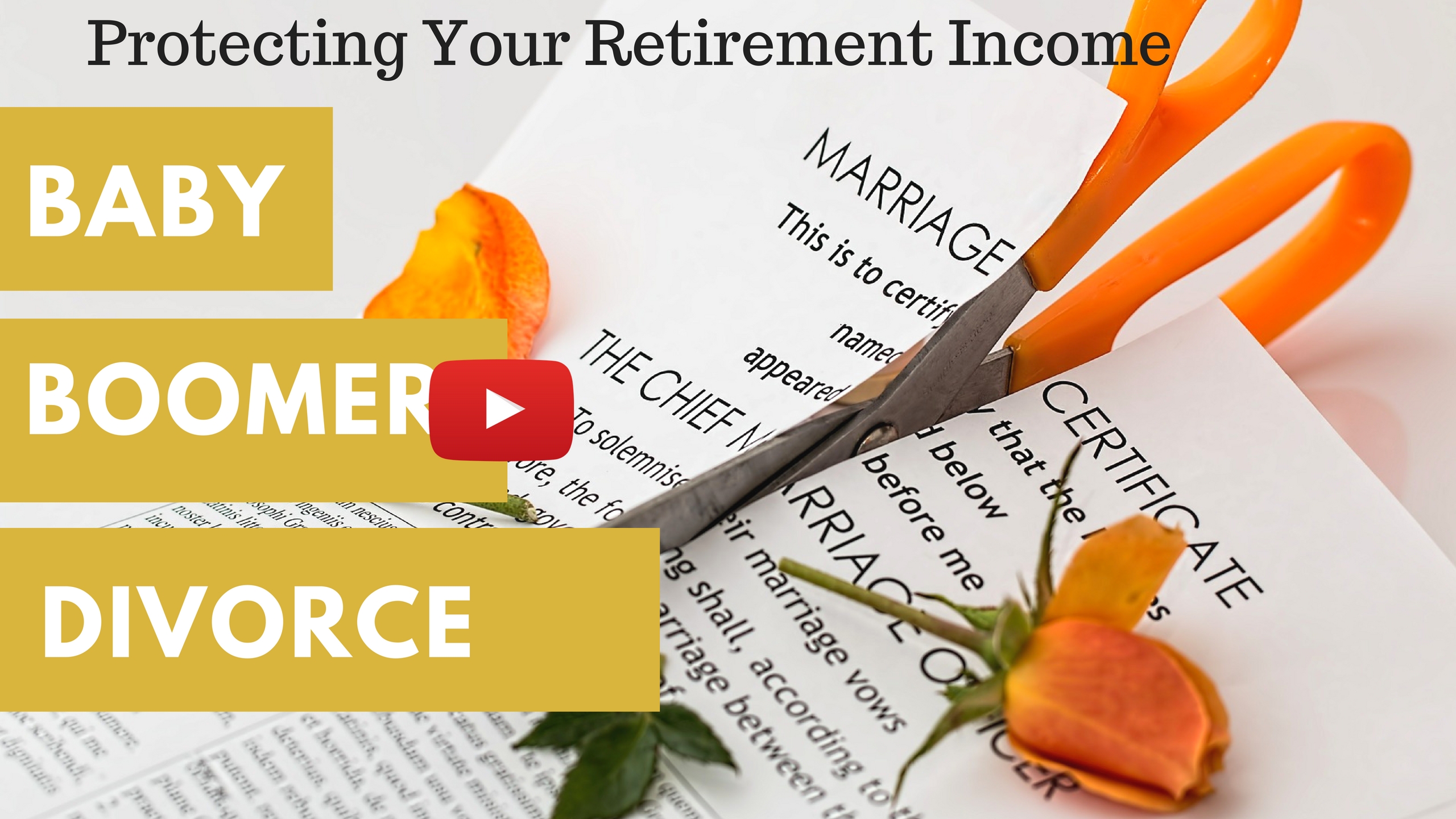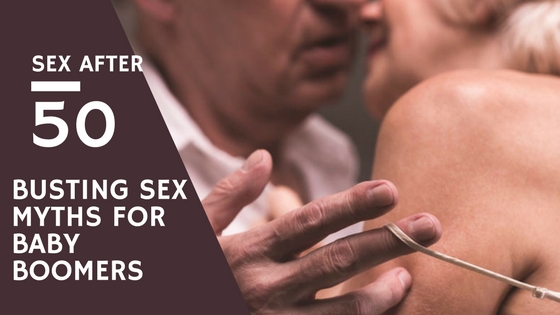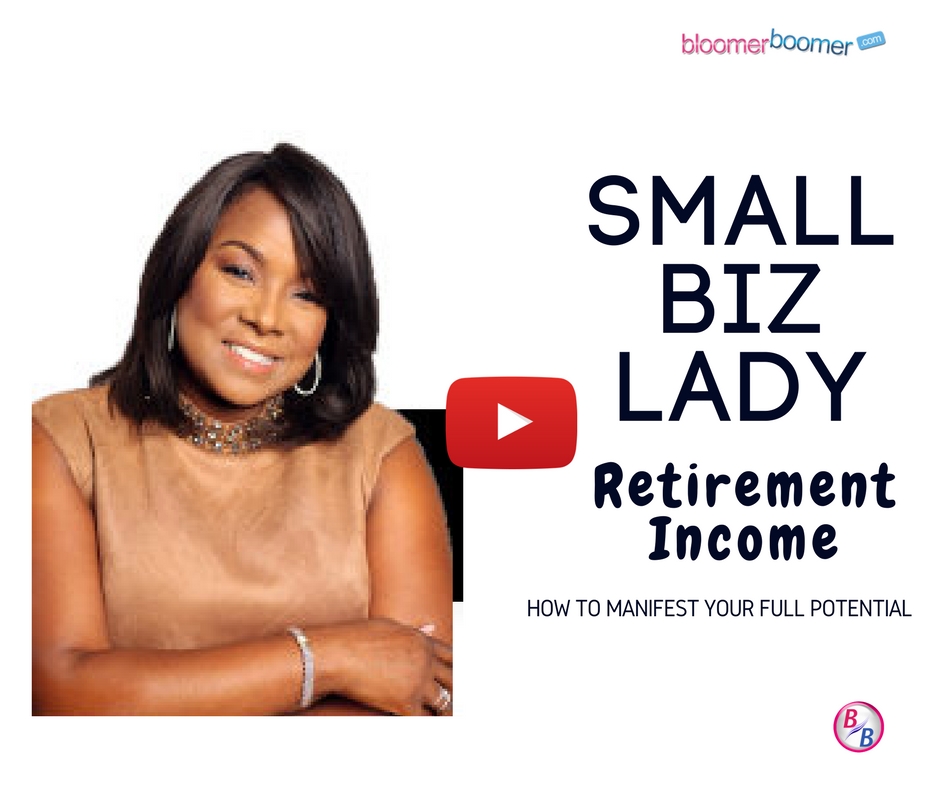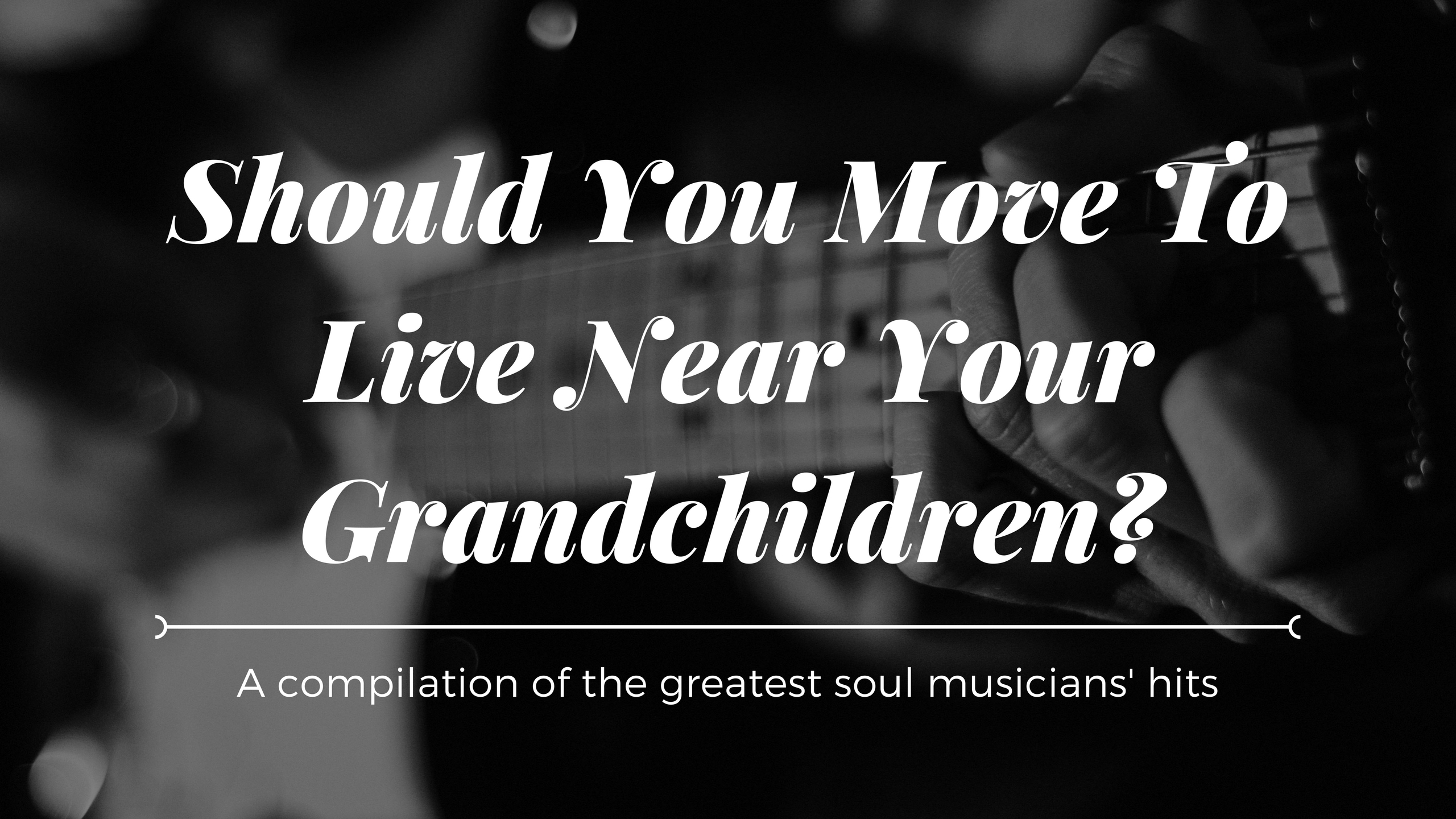Medical Alert Devices: Seniors and Caregivers Get Candid about Usage and Need
 By Amie Clark, founder of TheSeniorList
By Amie Clark, founder of TheSeniorList
It’s estimated that more than 3 million American seniors own a medical alert device, be it a wearable pendant, wristband, watch, or fixed standalone unit. These numbers are likely to increase, as COVID-19 reduces in-person contact between seniors and their caregivers or loved ones, and provides a strong case for serious consideration.
Fortunately, technology like fall detection, location tracing, call assistance and care management have helped these devices advance far beyond the oft-parodied, “Help, I’ve fallen and I can’t get up,” commercial that became popular in the early 1990s.
As the U.S. population ages, competition for customers and drive for innovation could further expand the utility of these devices. The World Health Organization estimates that by 2050, 16 percent of the world’s population will be 65 or older, which is double today’s ratio of older adults (8 percent).
To get a better sense of how and why people use medical alert devices, we surveyed more than 600 Americans aged 75 and over about usage habits, perception of need, and factors impacting adoption of these technologies. We also asked more than 500 caregivers for adults ages 70 and over detailed questions about safety products.
Usage Habits of Medical Device Owners:
We found the most common type of medical alert device used by seniors is a wearable pendant, with almost two-thirds of device users (62 percent) employing one. But our research also indicates that many medical alert customers are using more than one type of device, as another 35 percent said they used wristband or watch-style devices. Thirteen percent used a portable unit, and 11 percent used a standalone unit or fixture.
While the number of respondents who use medical alert devices was relatively evenly split between women and men (about 53 percent to 47 percent), women are far more likely than men to use pendant-style devices.
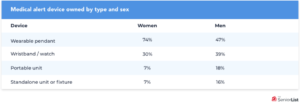
More than two in three owners of wearable medical alert devices have them on at least every day (with 40 percent having them on all the time). However, nearly one in three do not wear these devices regularly or as suggested. Five percent wear them multiple times per week and 23 percent wear them less than weekly.
Perceptions of Need & Safety:
Our research found very few seniors, just eight percent, believe they for sure need a medical alert device. A large portion are unsure (19 percent) and the great majority (73 percent) believe they do not.
Compare this to the perceptions of caregivers, who recommend a medical alert device for care recipients of ages 70 to 80 more than any other safety product.

Older adults who live with at least one other person are the least likely to own a medical alert device, with just eight percent of this group adopting one or more devices. Those residing in senior living communities are the group most likely to own a device (41 percent), which is unsurprising considering that many such communities provide wearables or fixed units to all residents.

To that point, half of the medical device users in our survey bought their devices themselves, meaning that the other half use devices purchased for them or that came with their senior living apartment or room. It’s clear that having the choice made for them greatly increases the chances of seniors owning medical alert devices.
Similarly, the presence of paid caregivers, including staff of senior living communities, dramatically increases the rate of device ownership. Only 10 percent of seniors who don’t have a caregiver own a medical alert device.
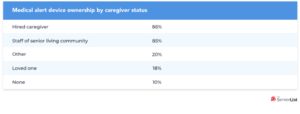
For those seniors continuing to live in their homes, across the board, most feel safe. Almost none of the seniors in our survey rated their homes as unsafe, with a combined 97 percent rating their homes as either very or somewhat safe. Those who do own medical devices also were highly likely to say that the place where they live is safe.
While this largely tracks with data from our recent State of Caregiving and Elder Safety study (https://www.theseniorlist.com/research/caregiving-senior-safety-annual/), it’s also important to note that almost half of the caregivers in that study who live with the elders for whom they provide care said that the place the elder lives could be made safer, and for many families, that likely will mean purchasing one or more types of medical alert devices.
Much has been said about the vital life-saving benefits of using such a device. Roughly one-quarter of Americans 65 and older experience a fall in a typical year, and falls are historically the leading cause of injury death among older adults. And the risk of fall is one of the strongest driving factors not only in the features these medical alert devices offer but, according to our findings, adoption of these devices by older adults.
Factors Impacting Device Adoption:
More than eight in 10 of the respondents in our survey said they didn’t own any type of medical alert device, and nearly three-quarters said they don’t need one. But only about 25 percent of people said they wouldn’t wear a device even if they had one. Still, it’s clear many people will need to be converted into believers of the value of medical alert devices, and we set out to uncover the biggest reasons why people don’t use them.
First, there is a perceived lack of need. A tiny percentage of those who don’t have a medical alert device said they needed one (less than 5 percent), and about one in five were unsure if they could use one. About 30 percent of female non-users said they either needed a device or were unsure, compared to 20 percent of their male counterparts.
Second, recent medical history is an important factor. About half of all respondents said they’d never experienced a fall, and 84 percent of non-users who’ve never had a fall said they don’t need a device. But among non-users who had experienced a fall in the past six months, 13 percent said they needed a medical alert device, compared to just over 1 percent of those who’ve never had a fall.
Finally, while our data did not indicate that cost is a major factor holding back adoption of devices (about half of those who believed medical alert devices were expensive said they’d wear one if they had it), there wasn’t exactly consensus among respondents about the cost of these devices. Still, among all respondents, older adults were more likely to rate products as very or somewhat expensive (39 percent) than very or somewhat inexpensive (six percent).
The medical alert device industry has come a long way from the days of cheap-looking ads and clunky, old-fashioned devices. Today’s medical alert devices can live within an ecosystem of connected devices to ensure that as people age in place, they’re doing so safely. There’s no doubt that the alert device market will continue to mature right alongside the continuing aging of the U.S.
Amie Clark, founder of TheSeniorList , has over twenty years of experience in helping aging adults and their families. As a social worker, blogger, entrepreneur, and advocate, she believes life can be embraced with the right tools and the right advice.
Category: Blog













